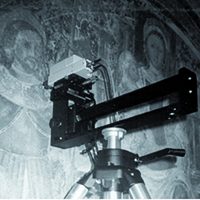L’ANALISI CHIMICA INCONTRA L’ARTE E L’ARCHEOLOGIA: UNA STORIA LUNGA DUE SECOLI
DOI:
https://doi.org/10.4081/scienze.2021.766Abstract
The first examples of the application of analytical chemistry methods to artistic and archaeological materials date back to the beginning of the 19th century and follow the evolution of chemistry as a modern science. It was immediately evident that such methods had to be less invasive as possible towards the artefacts. This need was met in the next two centuries by the development of new analytical techniques, especially spectroscopic ones, that make it possible to investigate a work of art directly in its place of conservation. It was also soon highlighted that the interest of such investigations cannot be purely academic, as they should provide precise answers to scholars, conservators or restorers dealing with those works. This ability is certainly enhanced by the synergy between the acquisition of experimental data and the examination of sources contemporary to the artefact, of incalculable importance for the interpretation and validation of data themselves. Finally, it should be noted that the parallel evolution of chemistry as a science led to the introduction of new synthetic materials (such as pigments or plastics), that artists also began to use in a short time. Of course, when a material, whose date of first synthesis or commercialization is well known, is recognised in a work of art, an indirect “post quem” dating of the work is made possible. On the other hand, however, the variety of new materials poses to conservators of contemporary cultural heritage unusual challenges related to their possible degradation, and the identification of their chemical components can certainly be of great help in addressing these challenges.
Downloads


